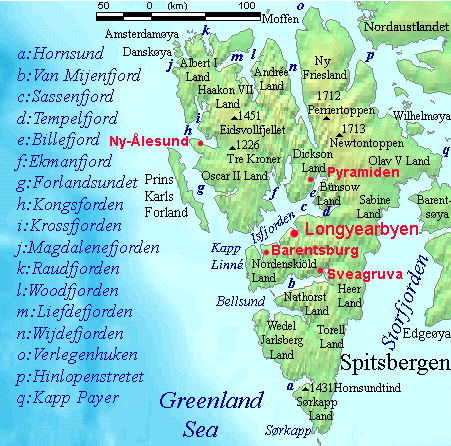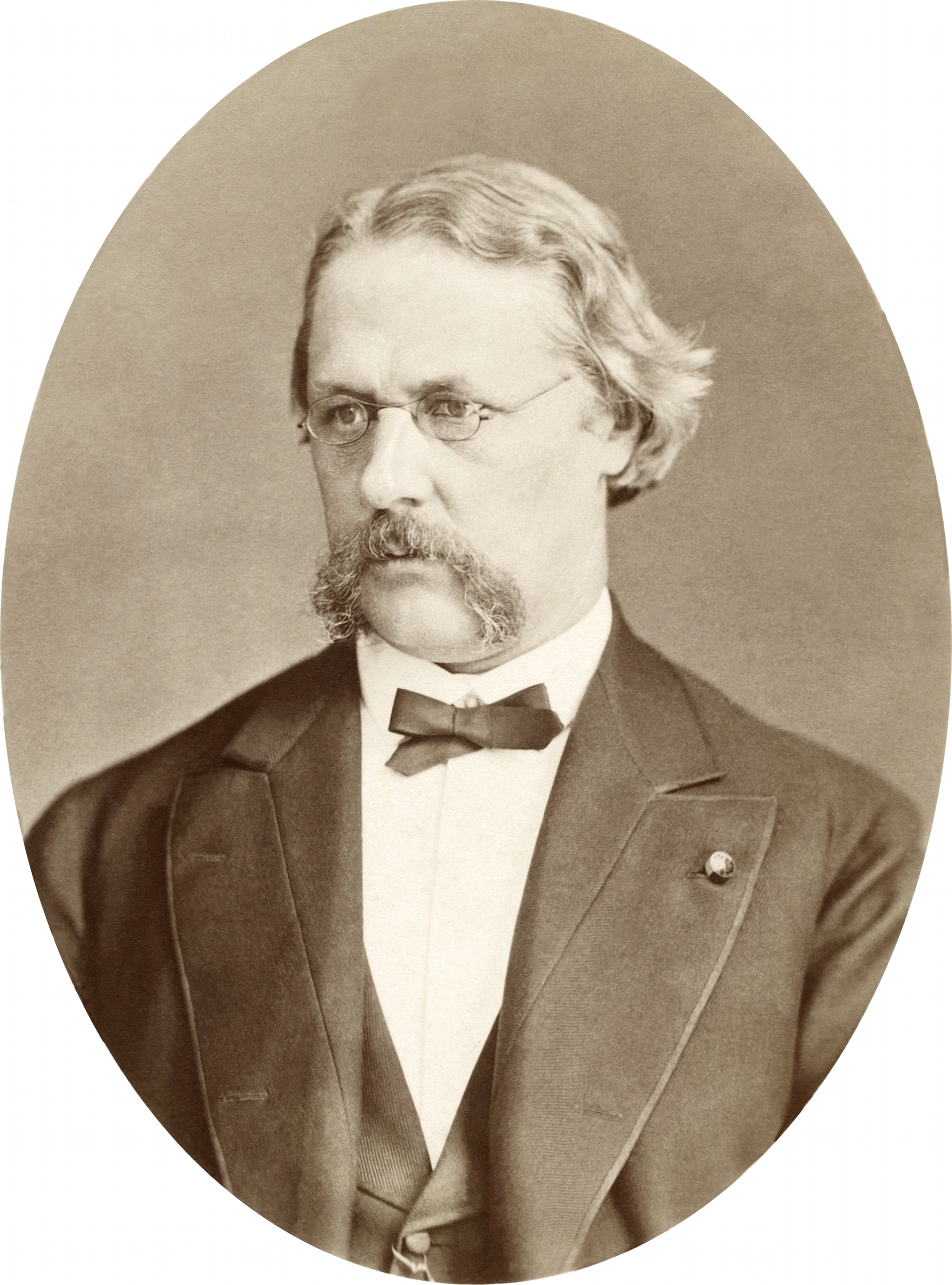|
Torellbreen
Torellbreen is a glacier in Wedel Jarlsberg Land at Spitsbergen, Svalbard. It forms a front below the mountain Raudfjellet, with a length of about twenty kilometers, and is a merge of the two glaciers Austre Torellbreen and Vestre Torellbreen Vestre Torellbreen is a glacier in Spitsbergen, Svalbard. It lies to the southwest of Wedel Jarlsberg Land, and runs southward to Isfjellbukta. There was previously a 20 km wide glacier here together with Austre Torellbreen, but after the glaci .... The glacier is named after Swedish scientist Otto Martin Torell. References Glaciers of Spitsbergen {{spitsbergen-glacier-stub ... [...More Info...] [...Related Items...] OR: [Wikipedia] [Google] [Baidu] |
Vestre Torellbreen
Vestre Torellbreen is a glacier in Spitsbergen, Svalbard. It lies to the southwest of Wedel Jarlsberg Land, and runs southward to Isfjellbukta. There was previously a 20 km wide glacier here together with Austre Torellbreen, but after the glacier split, there are now two glaciers each of around one km wide in the area known as Torellmorenen. The glacier is named after the Swedish geologist and glaciologist Professor Otto Torell (1828-1900) ''Stadnamn i norske polarområde'', Norsk polarinstitutt
The Norwegian Polar Institute (NPI; no, Norsk Polarinstitutt) is Norway's central governmental institution for scientific research, mapping and environmental monitoring in the ...
[...More Info...] [...Related Items...] OR: [Wikipedia] [Google] [Baidu] |
Raudfjellet
Raudfjellet (The Red Mountain) is a mountain in Wedel Jarlsberg Land at Spitsbergen, Svalbard. It has a height of 1,016 m.a.s.l., and is the largest mountain between Bellsund and Hornsund Hornsund is a fjord on the western side of the southernmost tip of Spitsbergen island. The fjord's mouth faces west to the Greenland Sea, and is wide. The length is , the mean depth is , and the maximal depth is . Hornsund cuts different geolog .... The glacier Torellbreen forms an about twenty kilometer long front below the mountain. Raudfjellet is a characteristic landmark with its triple summit and orange colour. References Mountains of Spitsbergen {{Spitsbergen-mountain-stub ... [...More Info...] [...Related Items...] OR: [Wikipedia] [Google] [Baidu] |
Wedel Jarlsberg Land
Wedel Jarlsberg Land is the land area between Van Keulenfjorden and Hornsund on the southwestern part of Spitsbergen, Svalbard Svalbard ( , ), also known as Spitsbergen, or Spitzbergen, is a Norwegian archipelago in the Arctic Ocean. North of mainland Europe, it is about midway between the northern coast of Norway and the North Pole. The islands of the group range .... The area is largely covered with glaciers, and is completely within the Sør-Spitsbergen National Park. Named after Baron Fritz Wedel Jarlsberg (1855-1942), Norwegian minister in Paris, to whose initiative and labour it was greatly due that Norway succeeded in acquiring the sovereignty of Svalbard by a treaty signed in Paris on February 9, 1920. Until then it had been regarded as no-man's-land. The northwestern part of the area was earlier called Orvin Land. References Peninsulas of Spitsbergen {{Spitsbergen-geo-stub ... [...More Info...] [...Related Items...] OR: [Wikipedia] [Google] [Baidu] |
Spitsbergen
Spitsbergen (; formerly known as West Spitsbergen; Norwegian: ''Vest Spitsbergen'' or ''Vestspitsbergen'' , also sometimes spelled Spitzbergen) is the largest and the only permanently populated island of the Svalbard archipelago in northern Norway. Constituting the westernmost bulk of the archipelago, it borders the Arctic Ocean, the Norwegian Sea, and the Greenland Sea. Spitsbergen covers an area of , making it the largest island in Norway and the 36th-largest in the world. The administrative centre is Longyearbyen. Other settlements, in addition to research outposts, are the Russian mining community of Barentsburg, the research community of Ny-Ålesund, and the mining outpost of Sveagruva. Spitsbergen was covered in of ice in 1999, which was approximately 58.5% of the island's total area. The island was first used as a whaling base in the 17th and 18th centuries, after which it was abandoned. Coal mining started at the end of the 19th century, and several permanent com ... [...More Info...] [...Related Items...] OR: [Wikipedia] [Google] [Baidu] |
Svalbard
Svalbard ( , ), also known as Spitsbergen, or Spitzbergen, is a Norway, Norwegian archipelago in the Arctic Ocean. North of continental Europe, mainland Europe, it is about midway between the northern coast of Norway and the North Pole. The islands of the group range from 74th parallel north, 74° to 81st parallel north, 81° north latitude, and from 10th meridian east, 10° to 35th meridian east, 35° east longitude. The largest island is Spitsbergen, followed by Nordaustlandet and . The largest settlement is Longyearbyen. The islands were first used as a base by the Whaling, whalers who sailed far north in the 17th and 18th centuries, after which they were abandoned. Coal mining started at the beginning of the 20th century, and several permanent communities were established. The Svalbard Treaty of 1920 recognizes Norwegian sovereignty, and the 1925 Svalbard Act made Svalbard a full part of the Kingdom of Norway. They also established Svalbard as a free economic zone and a ... [...More Info...] [...Related Items...] OR: [Wikipedia] [Google] [Baidu] |
Otto Martin Torell
Prof Otto Martin Torell HFRSE (5 June 1828 – 11 September 1900) was a Swedish naturalist and geologist. Life He was born in Varberg, Sweden on 5 June 1828 the son of Johan Petter Torell and his wife, Susanna Charlotta Varenius. He was educated at Lund University for the medical profession, but became interested in zoological and geological studies, and being of independent means he devoted himself to science. He gave his attention first especially to the invertebrate fauna and the physical changes of pleistocene and recent times. In 1850 he applied Louis Agassiz's theory on ice ages to explain his observations of arctic molluscs on the coast of Sweden.History of geomorphology and Quaternary geology on ... [...More Info...] [...Related Items...] OR: [Wikipedia] [Google] [Baidu] |
Norwegian Polar Institute
The Norwegian Polar Institute (NPI; no, Norsk Polarinstitutt) is Norway's central governmental institution for scientific research, mapping and environmental monitoring in the Arctic and the Antarctic. The NPI is a directorate under Norway's Ministry of Climate and Environment. The institute advises Norwegian authorities on matters concerning polar environmental management and is the official environmental management body for Norwegian activities in Antarctica. Activities The institute's activities are focused on environmental research and management in the polar regions. The NPI's researchers investigate biodiversity, climate and environmental toxins in the Arctic and Antarctic, and in this context the institute equips and organizes large-scale expeditions to both polar regions. The institute contributes to national and international climate work, and is an active contact point for the international scientific community. The institute collects and analyses data on the environ ... [...More Info...] [...Related Items...] OR: [Wikipedia] [Google] [Baidu] |





